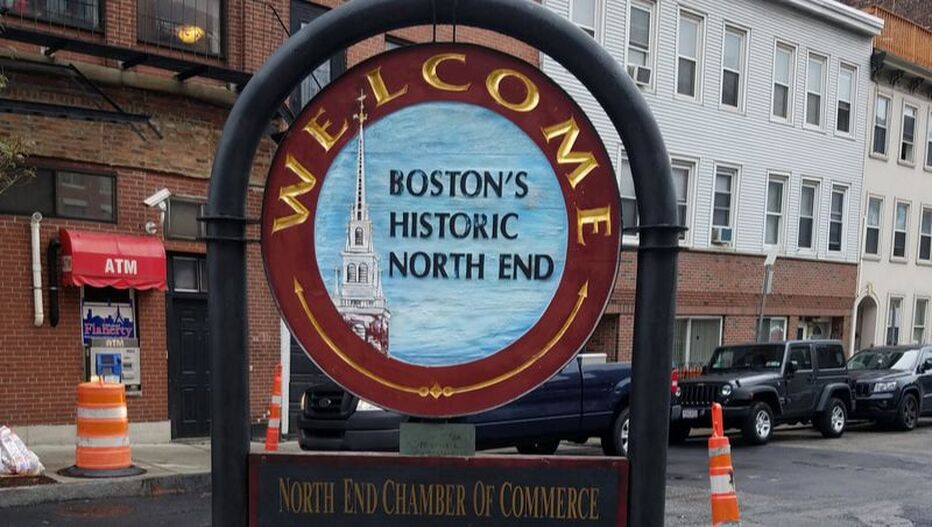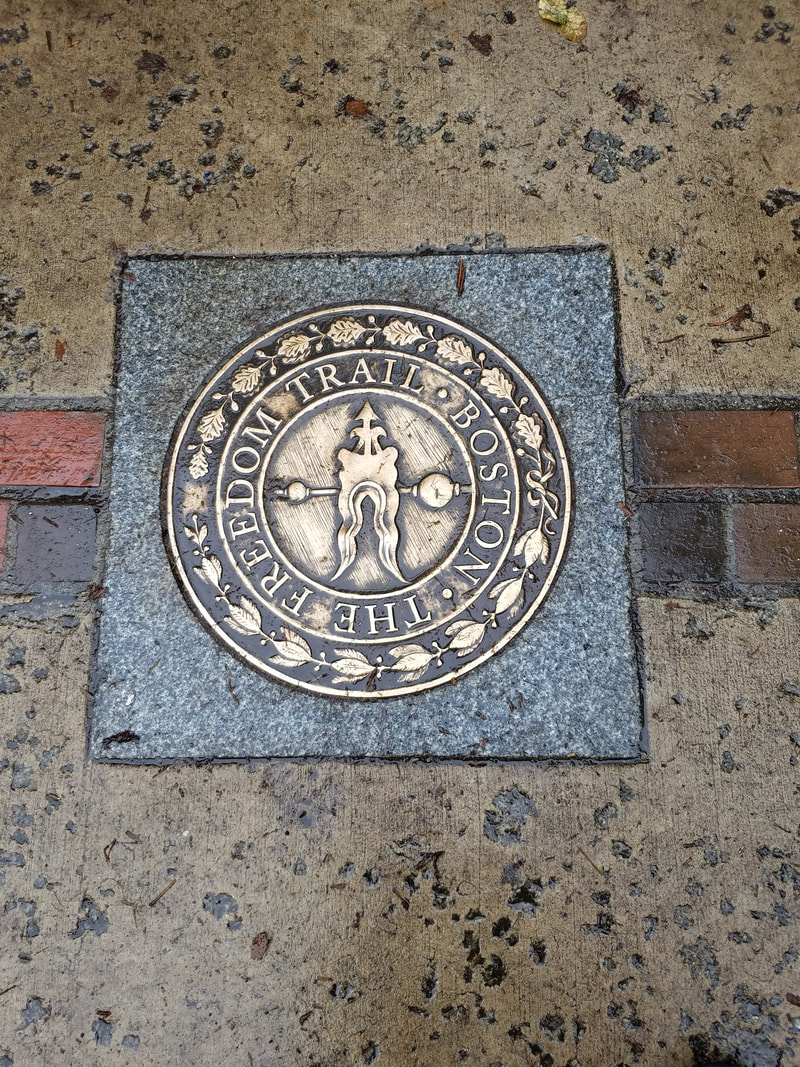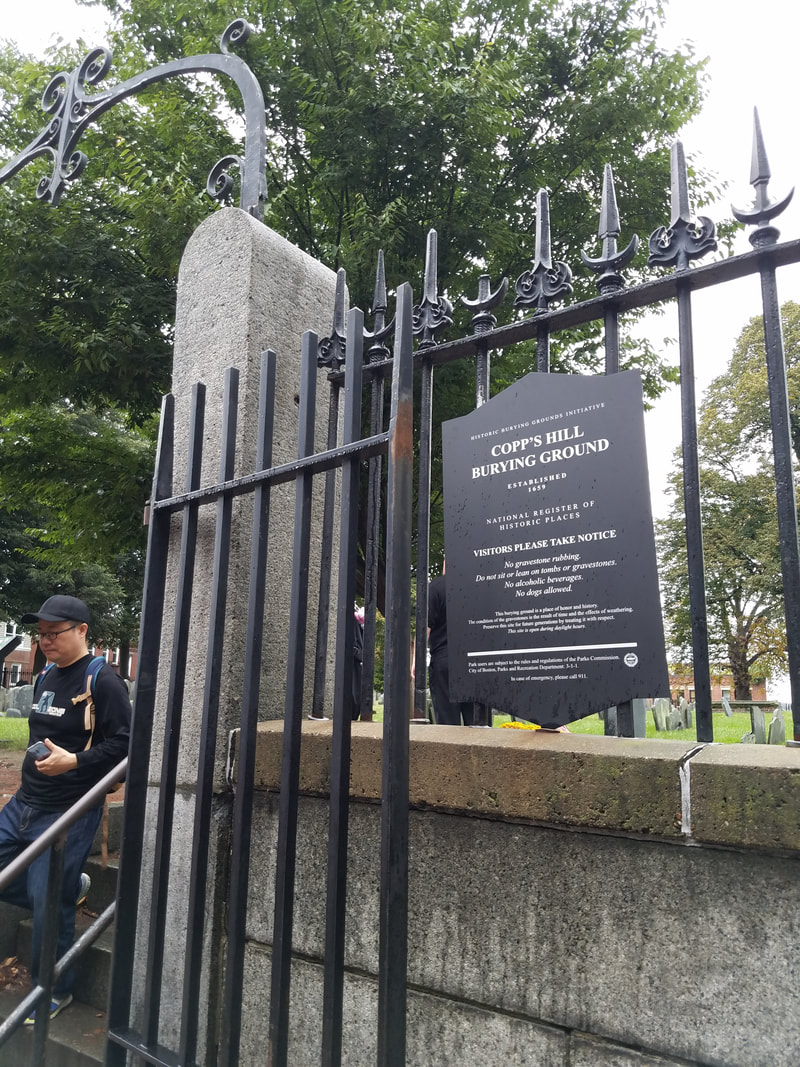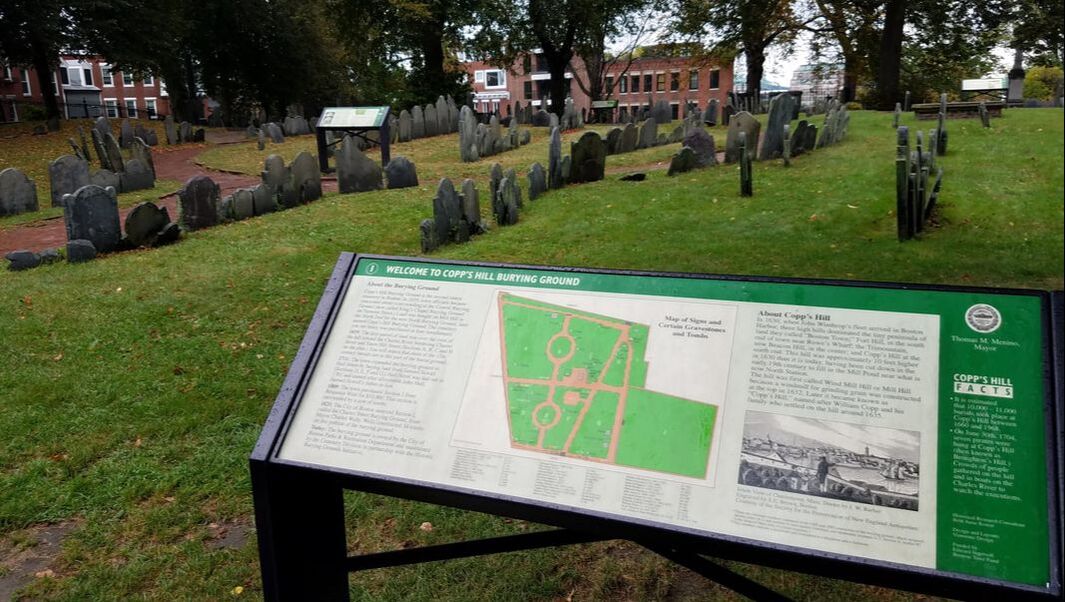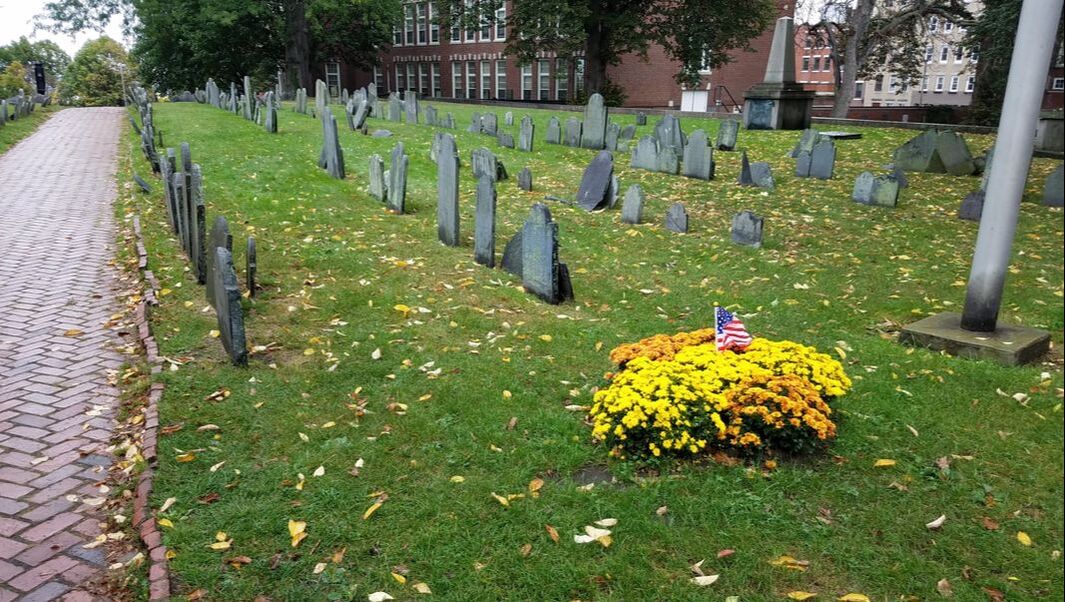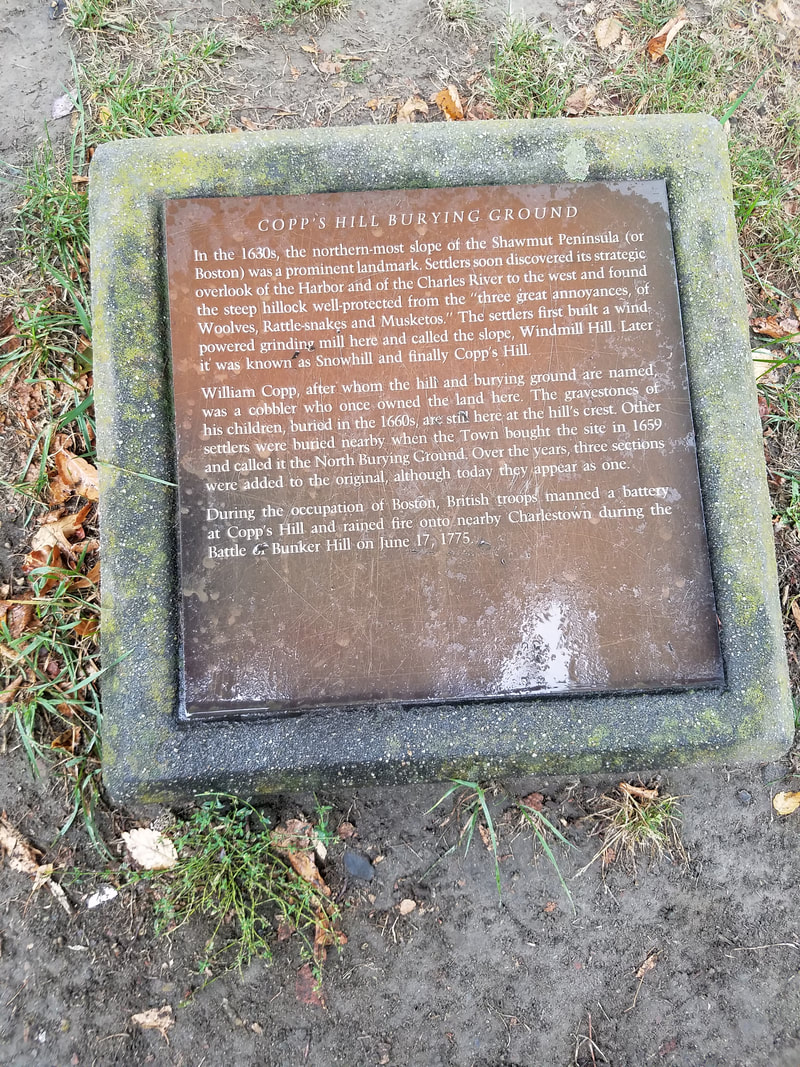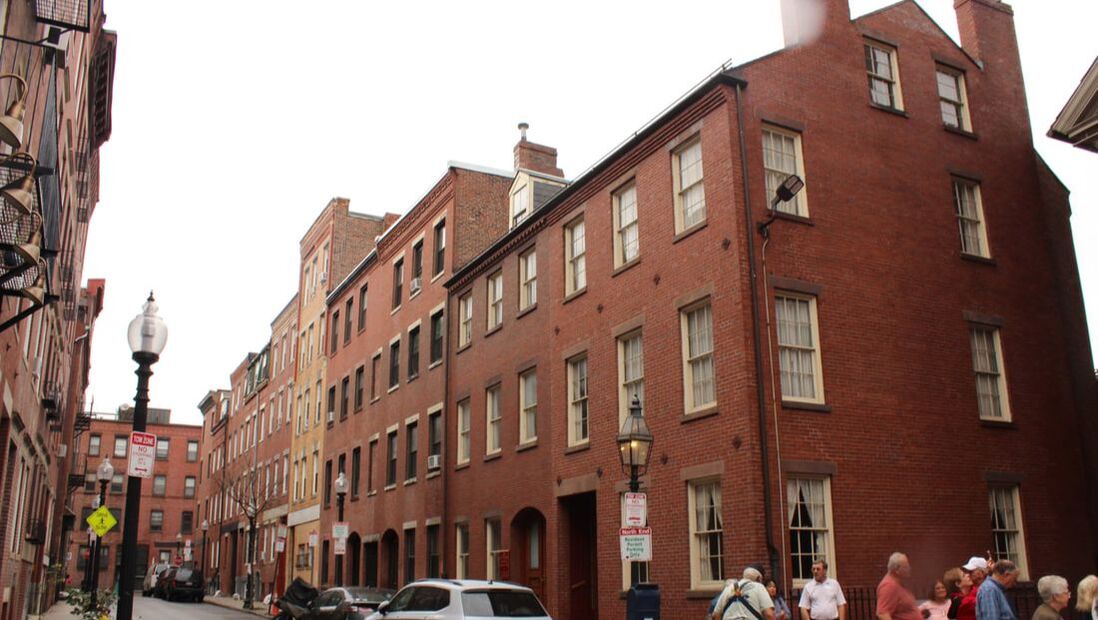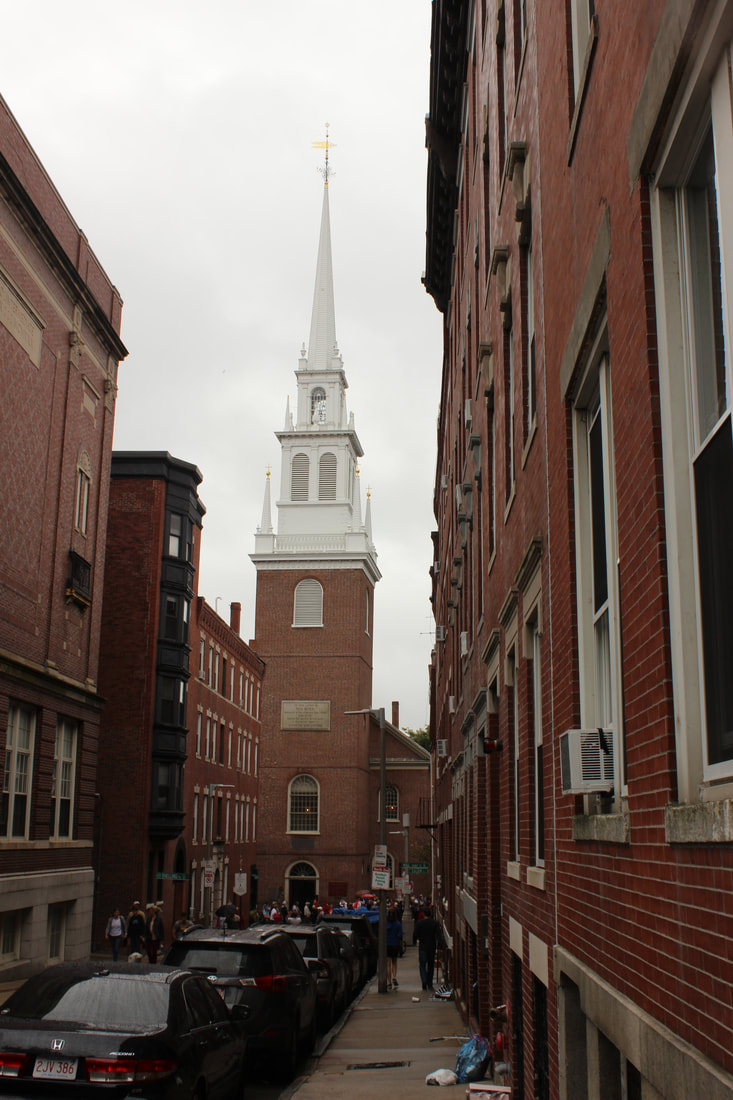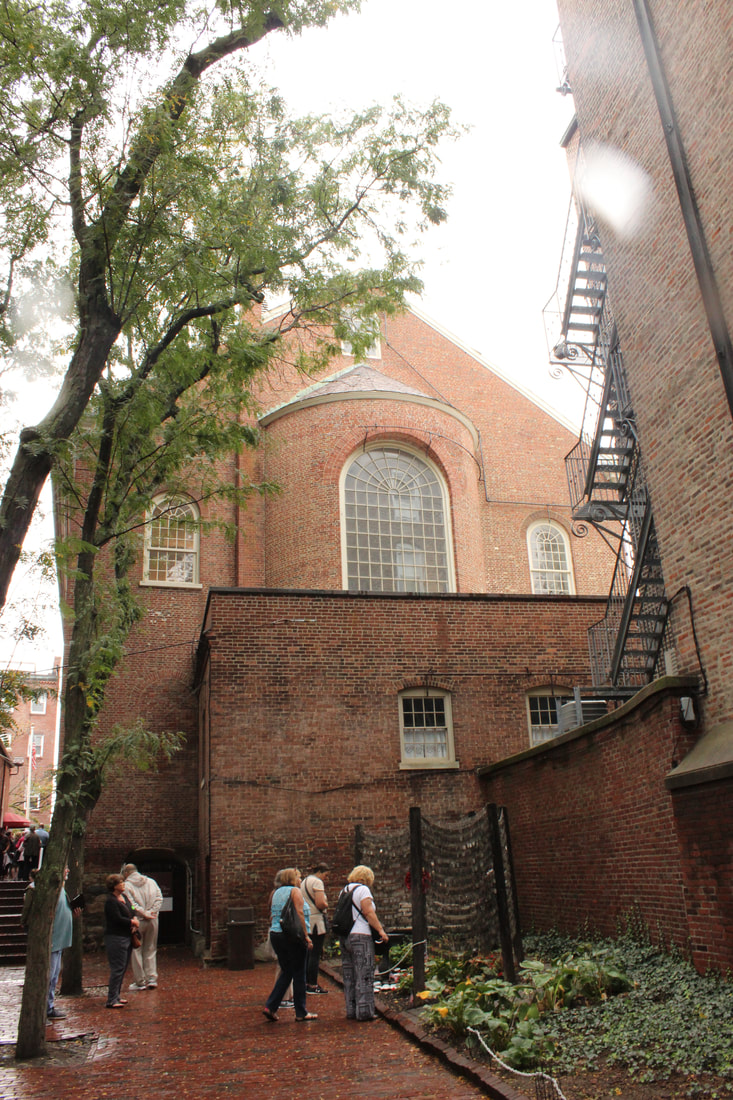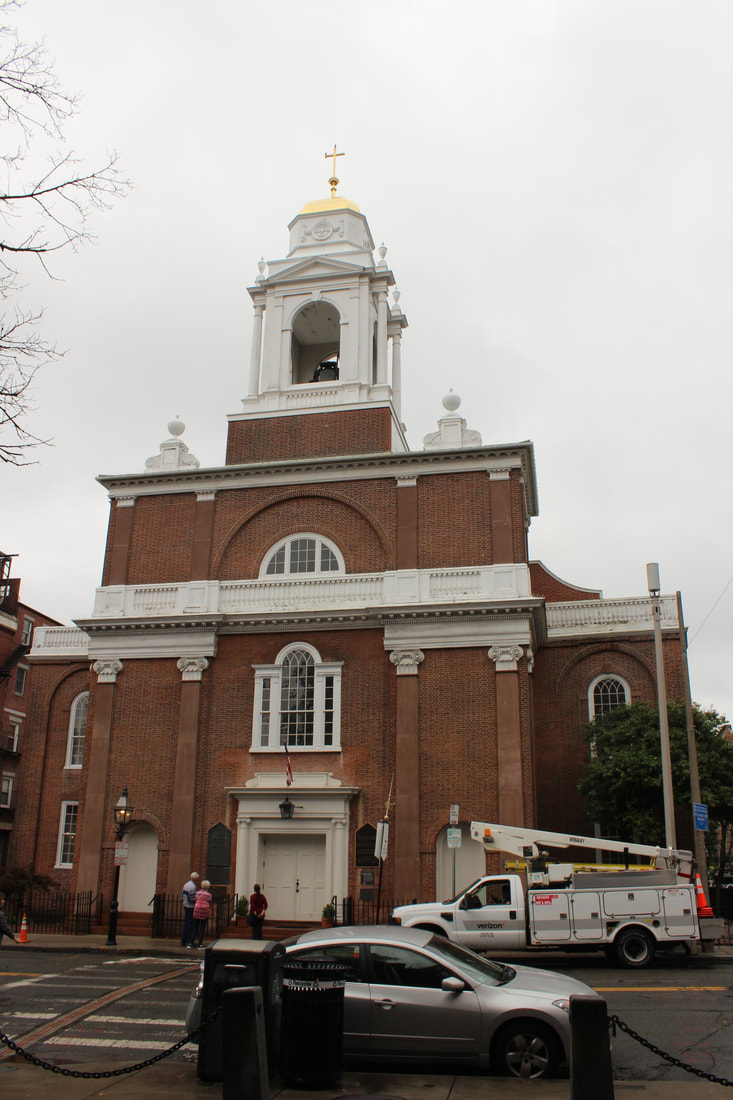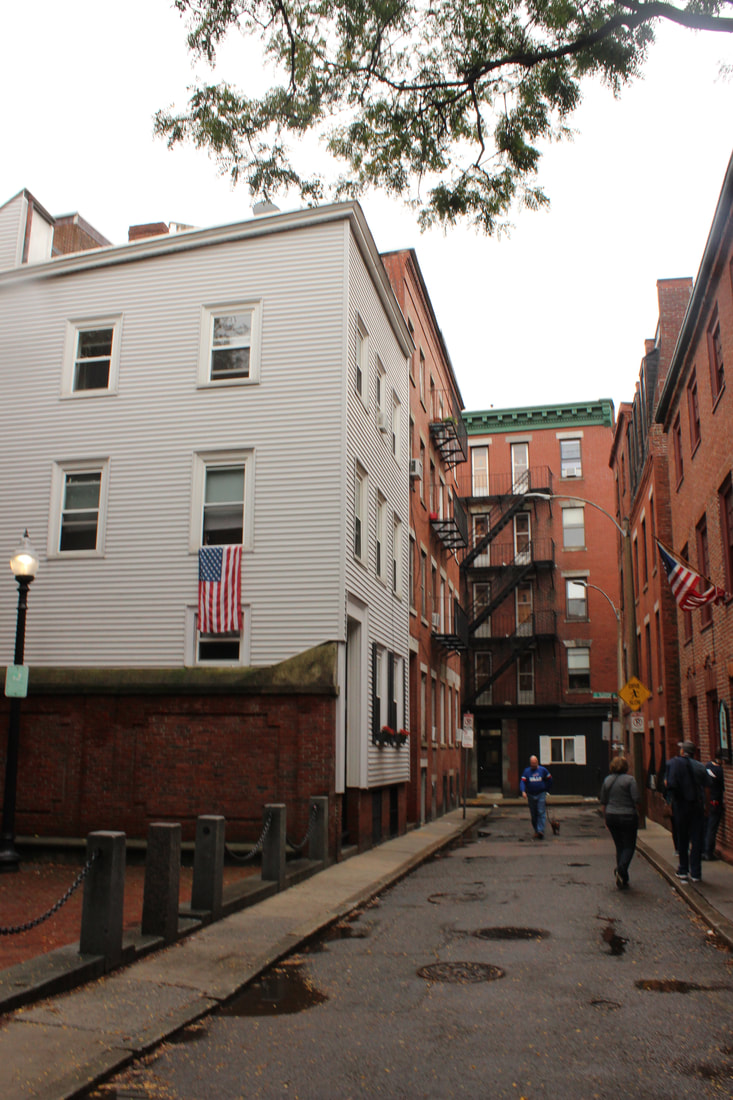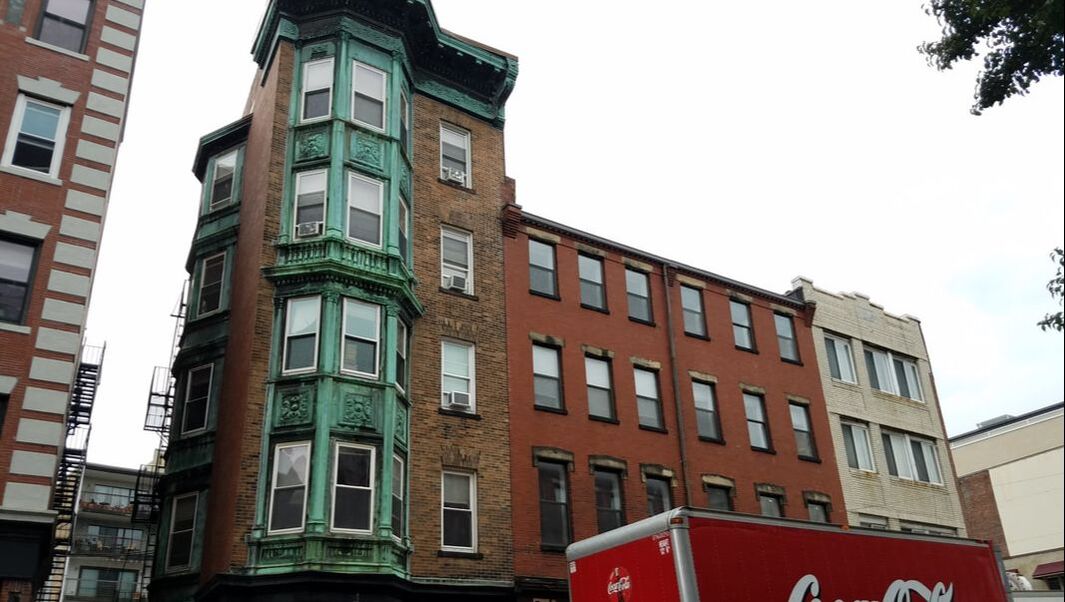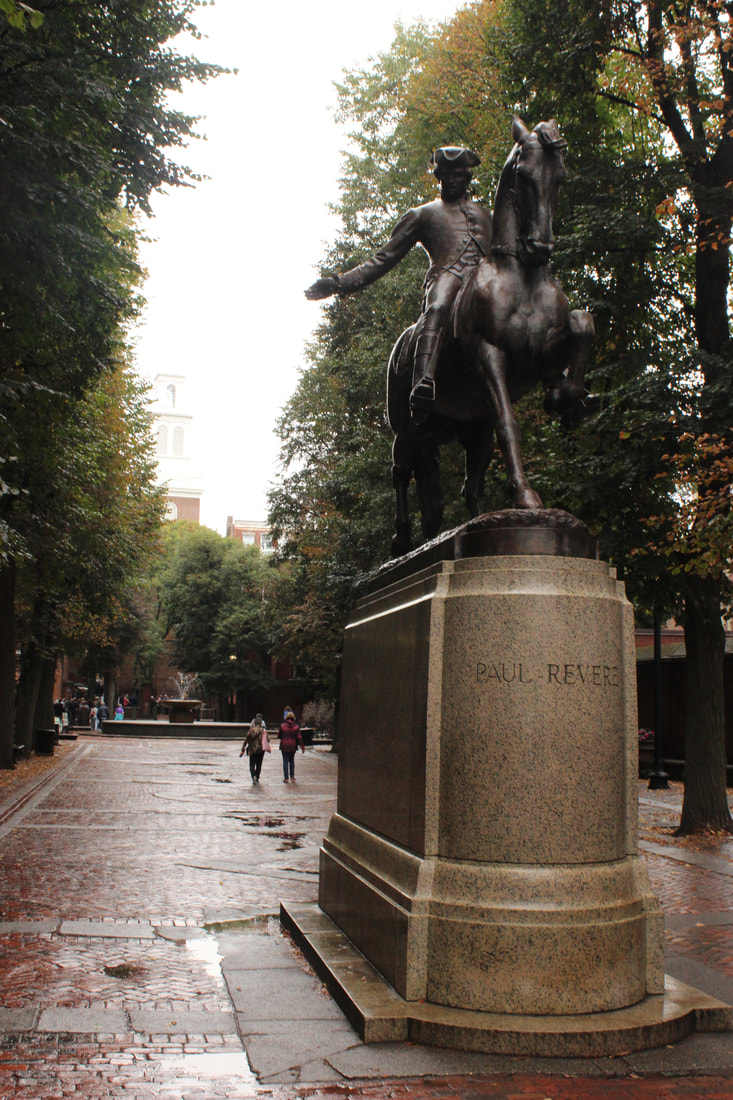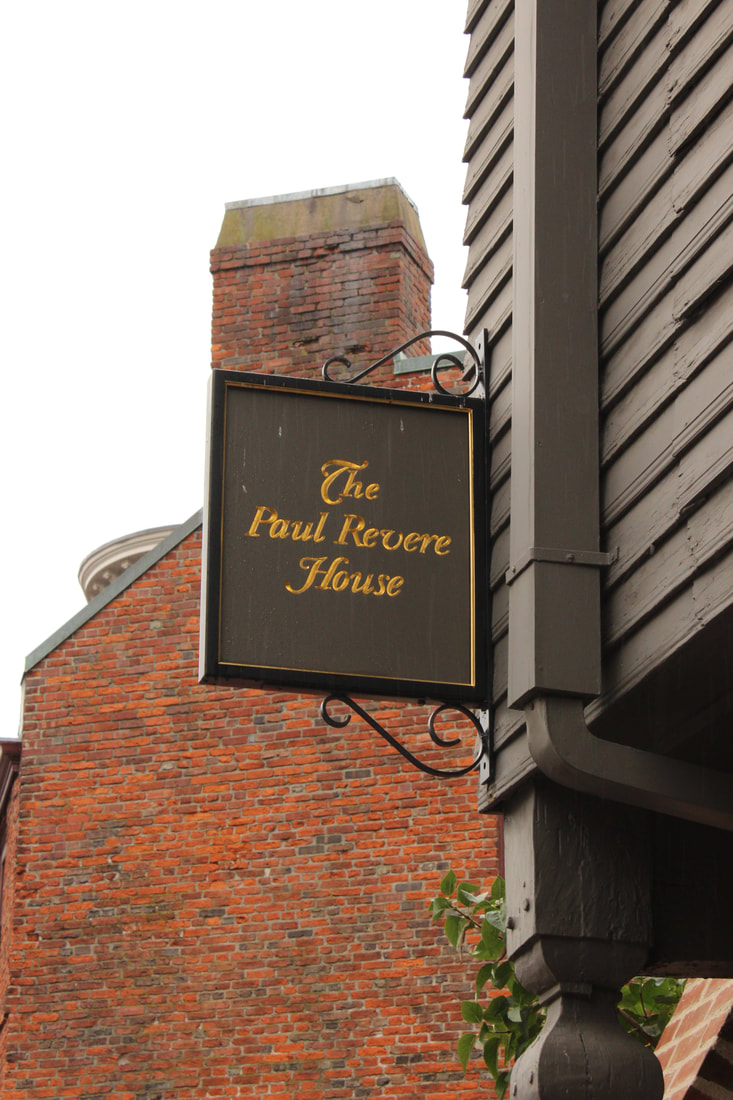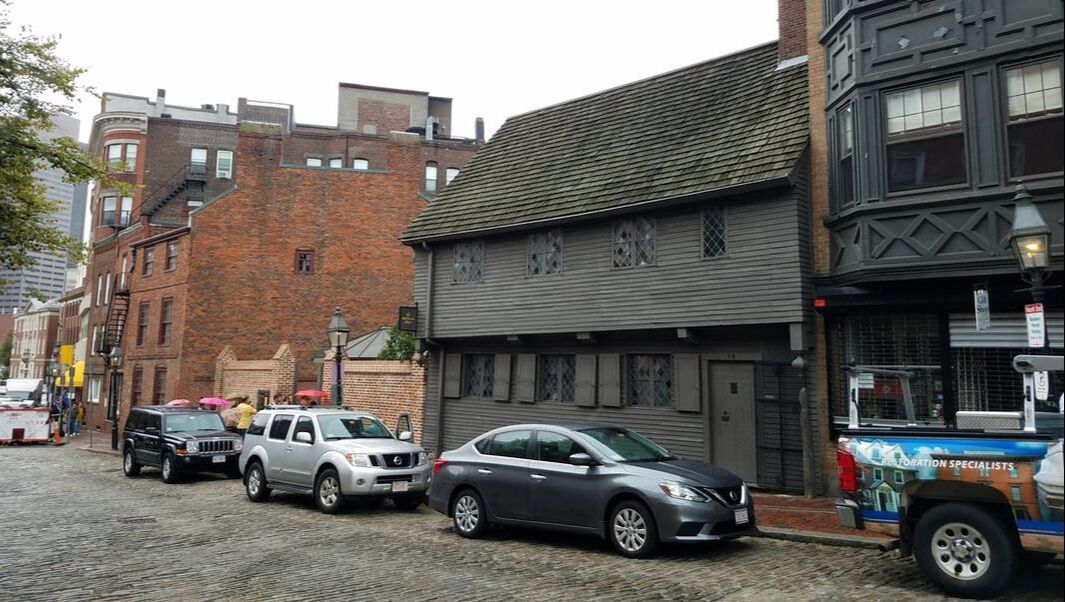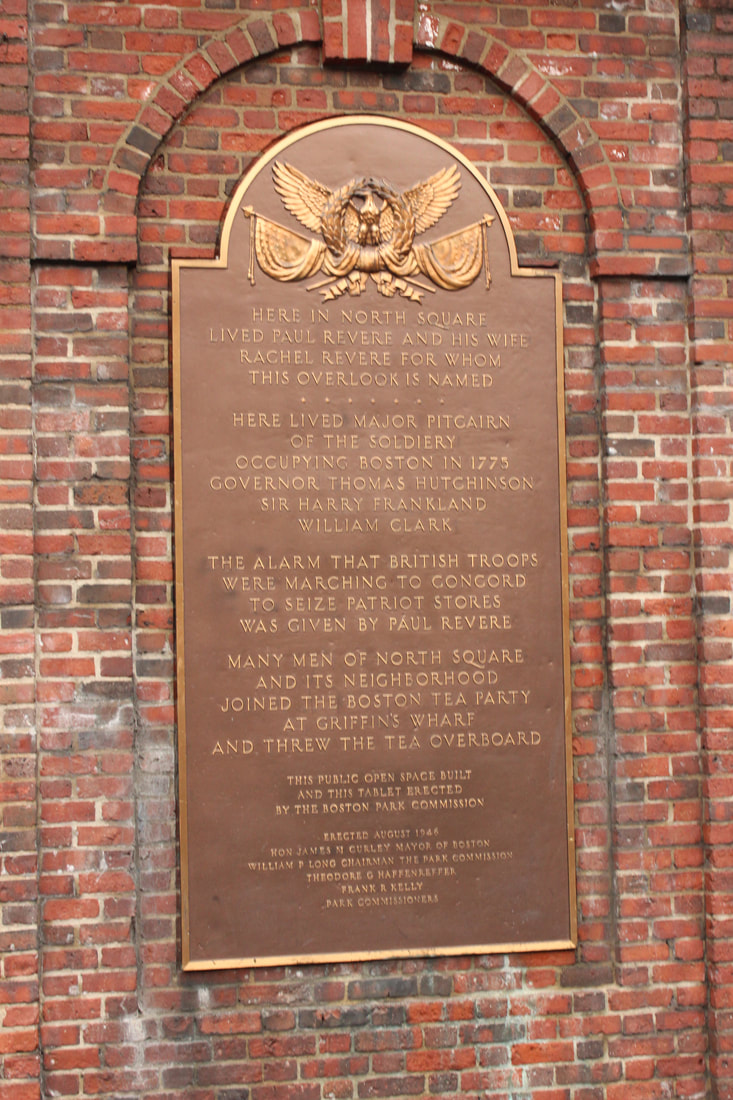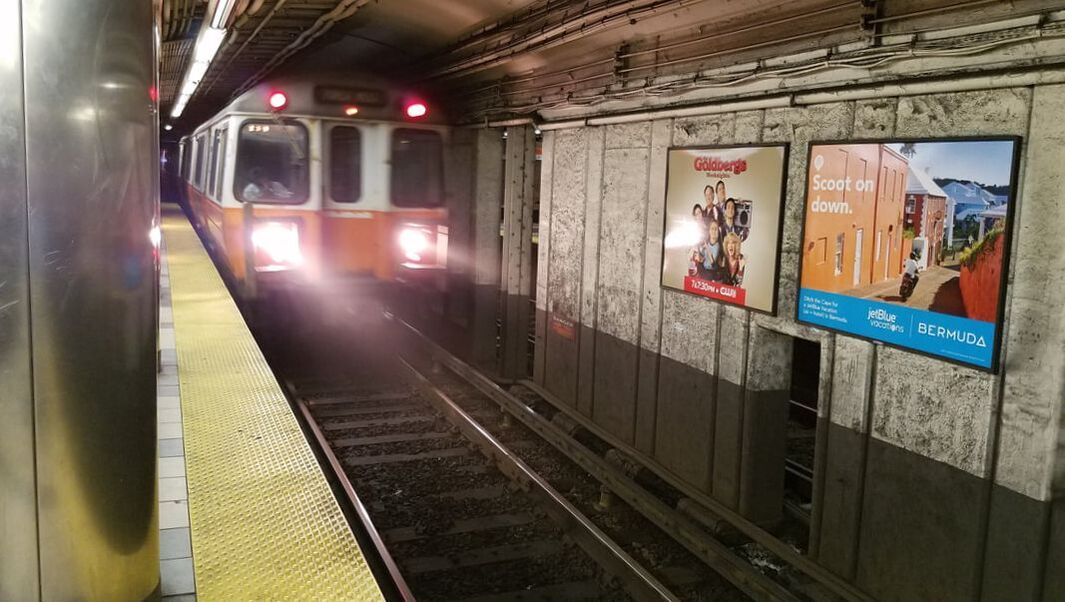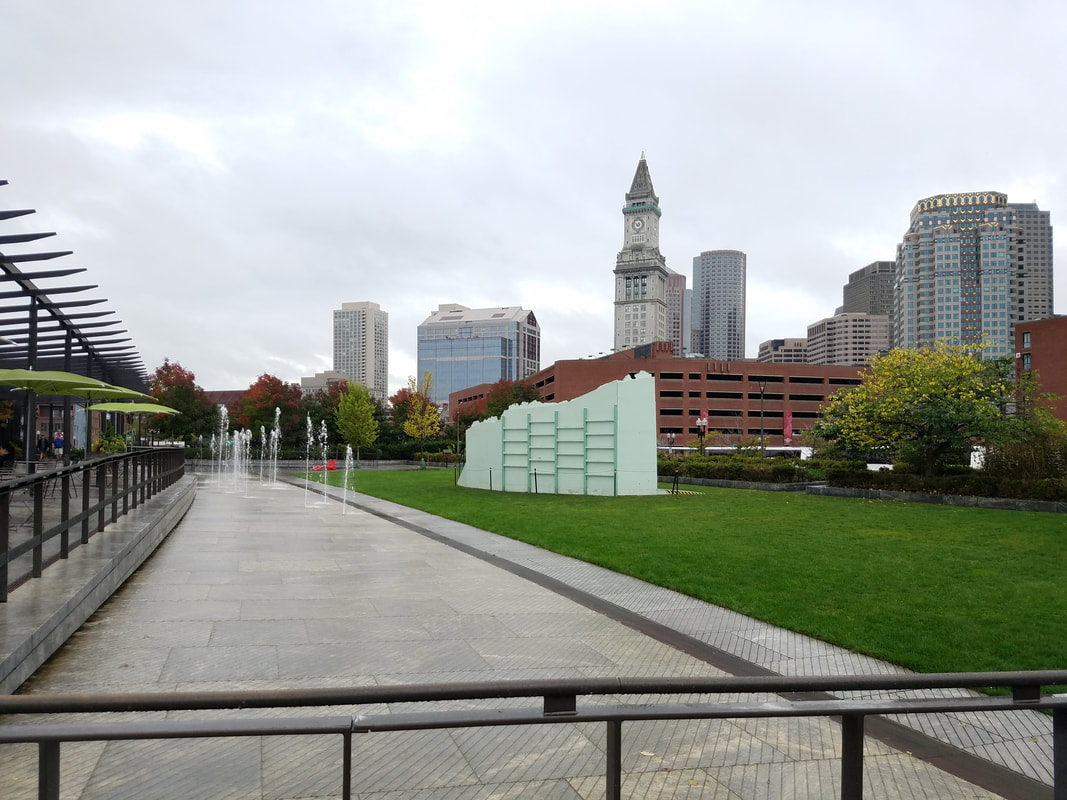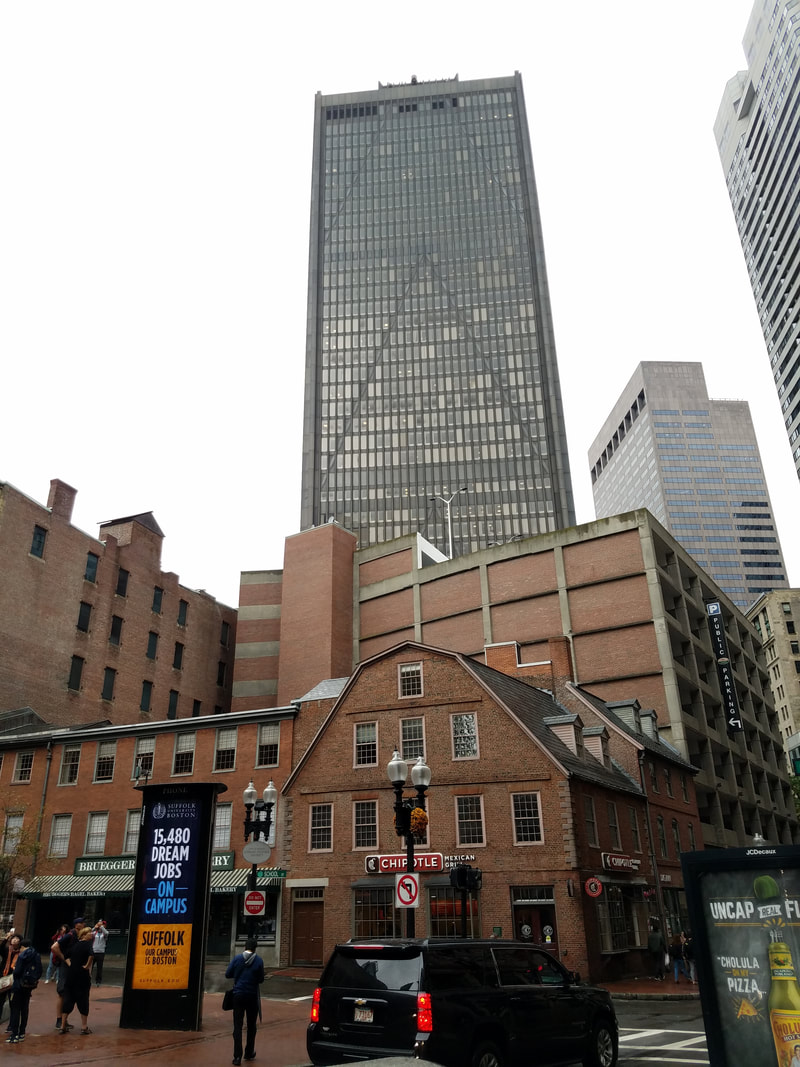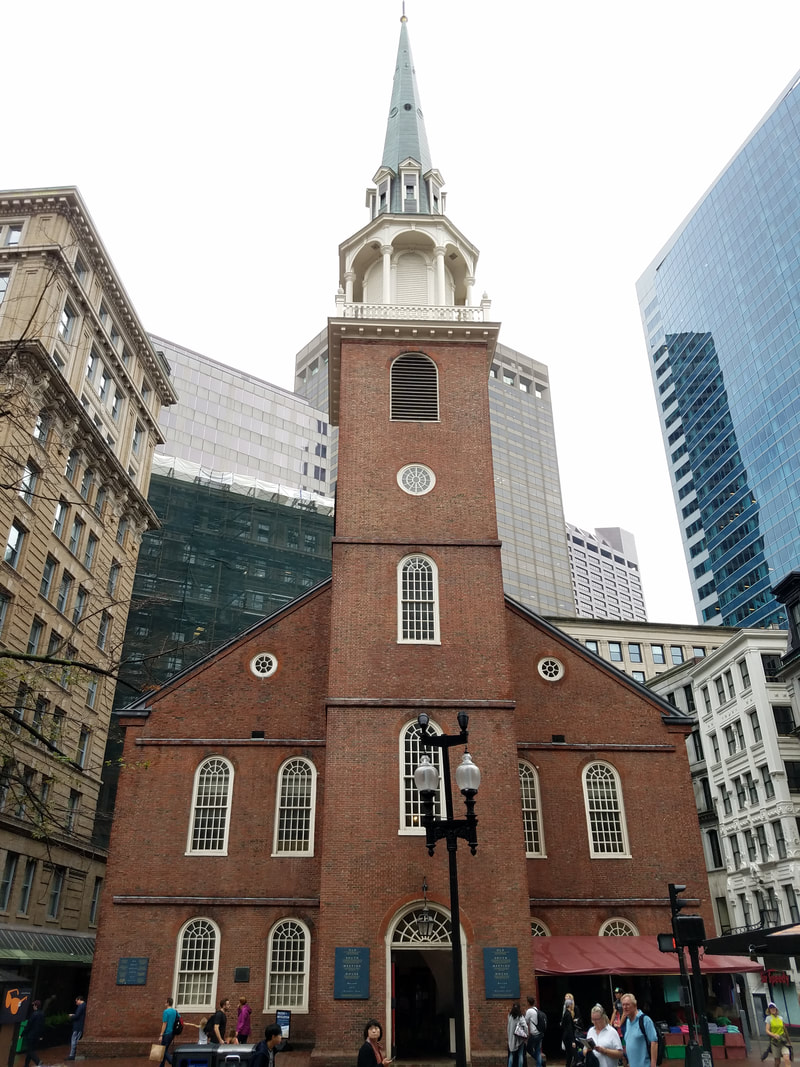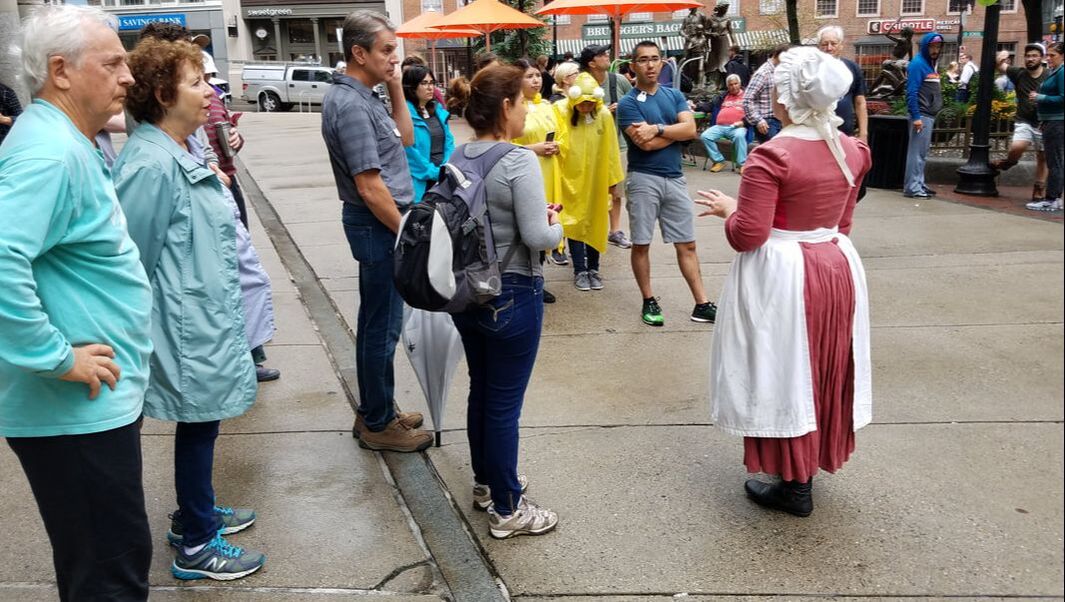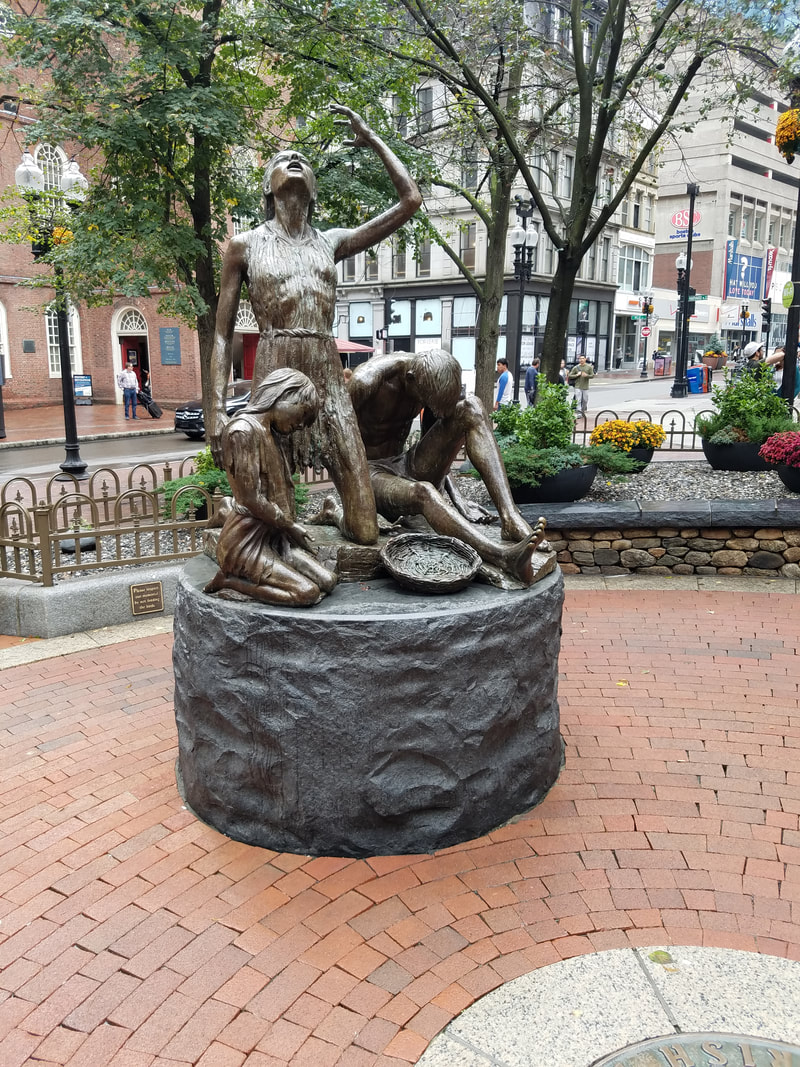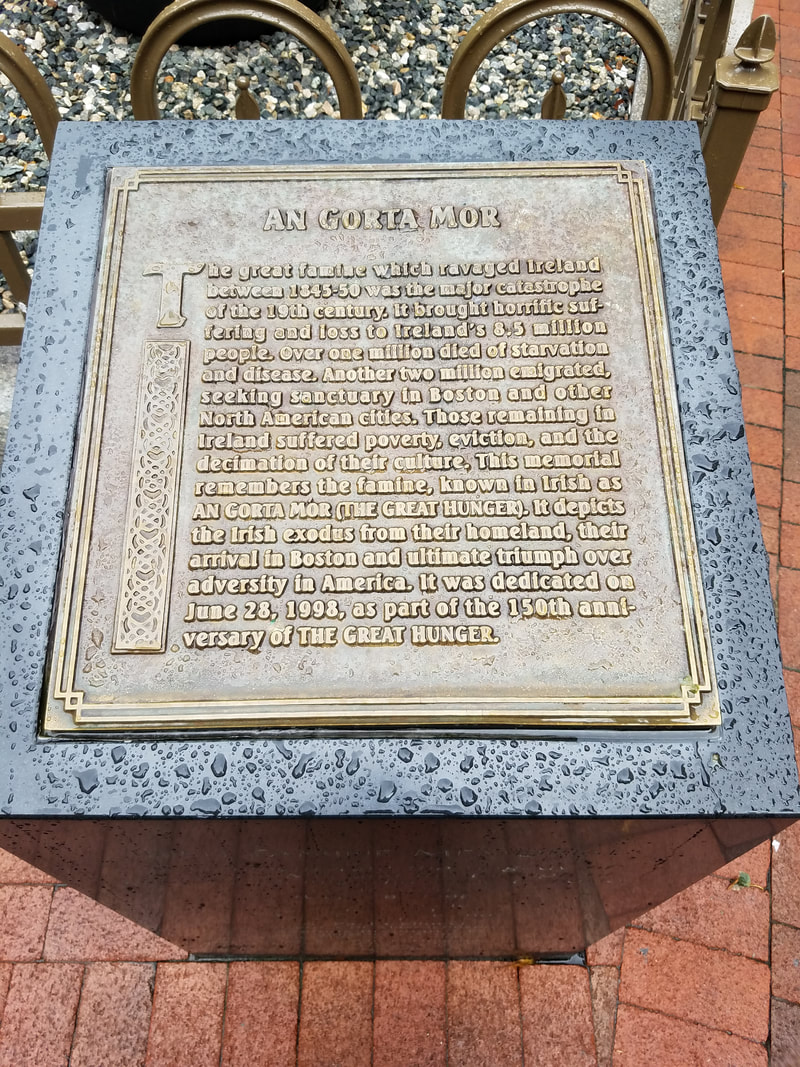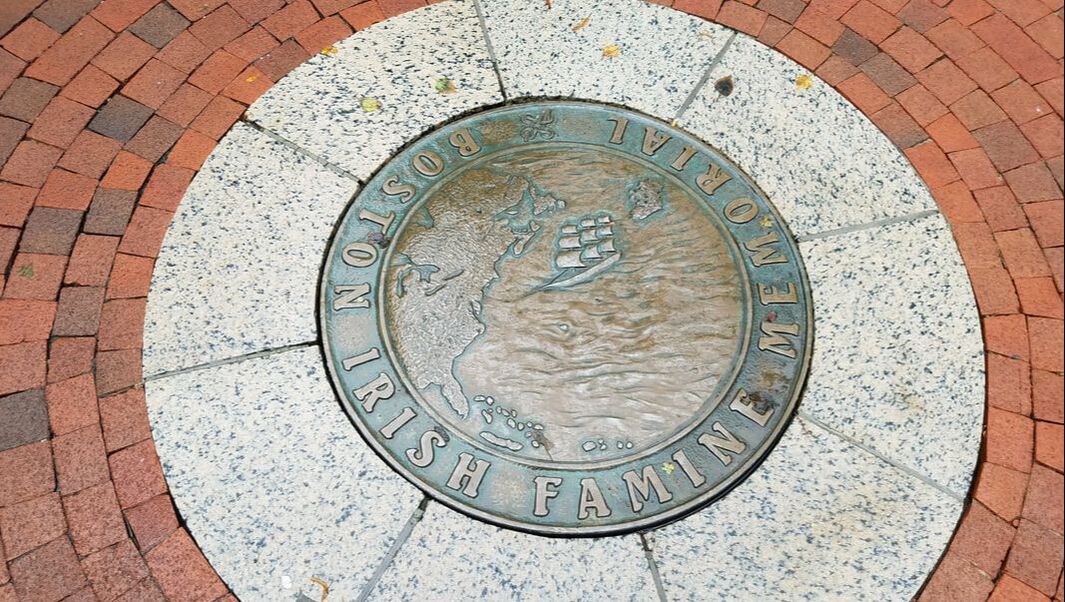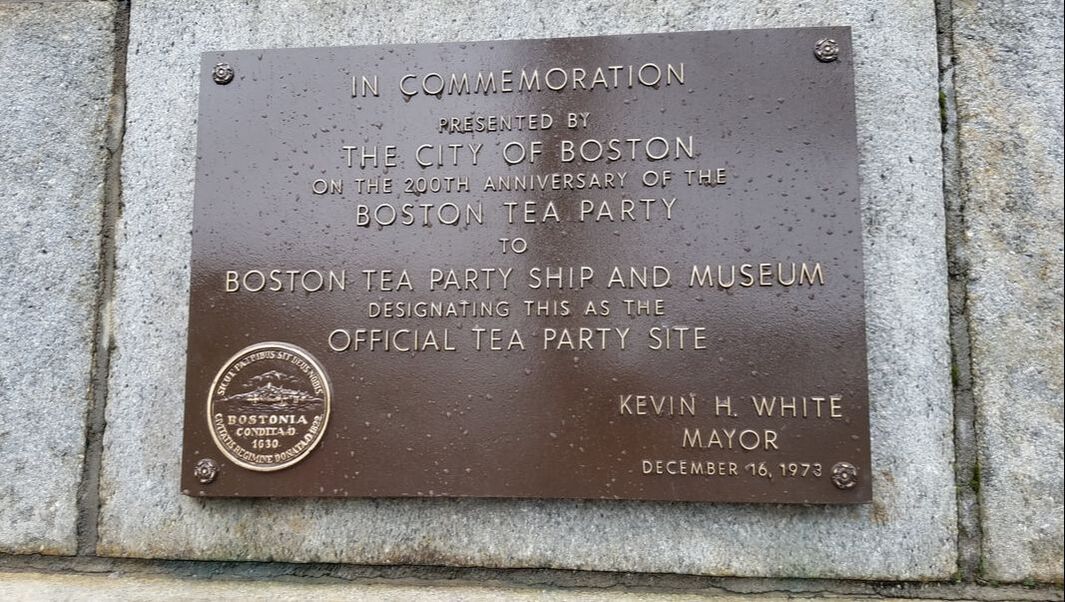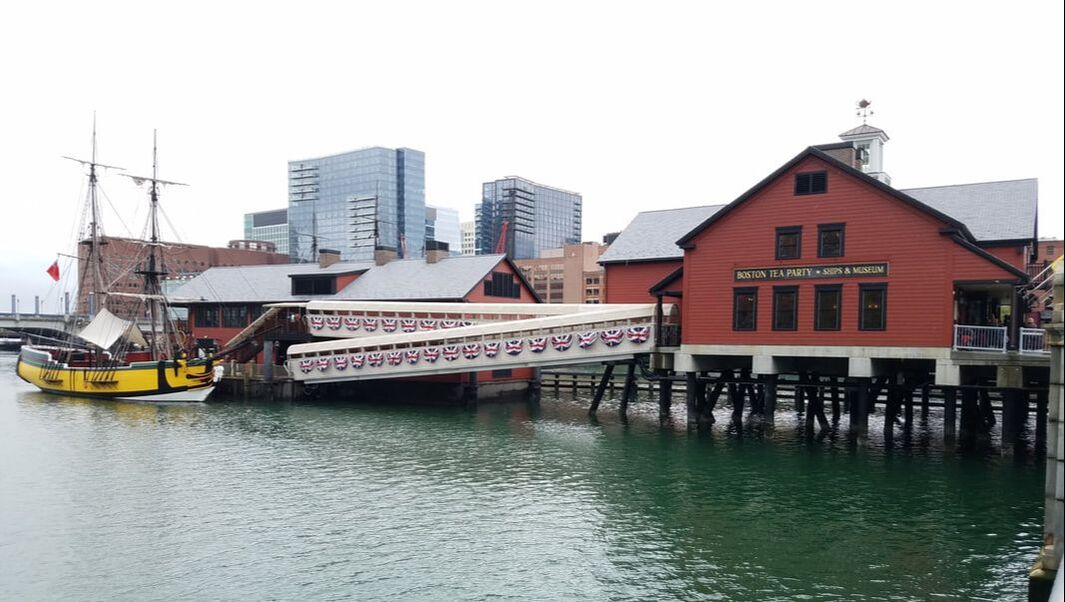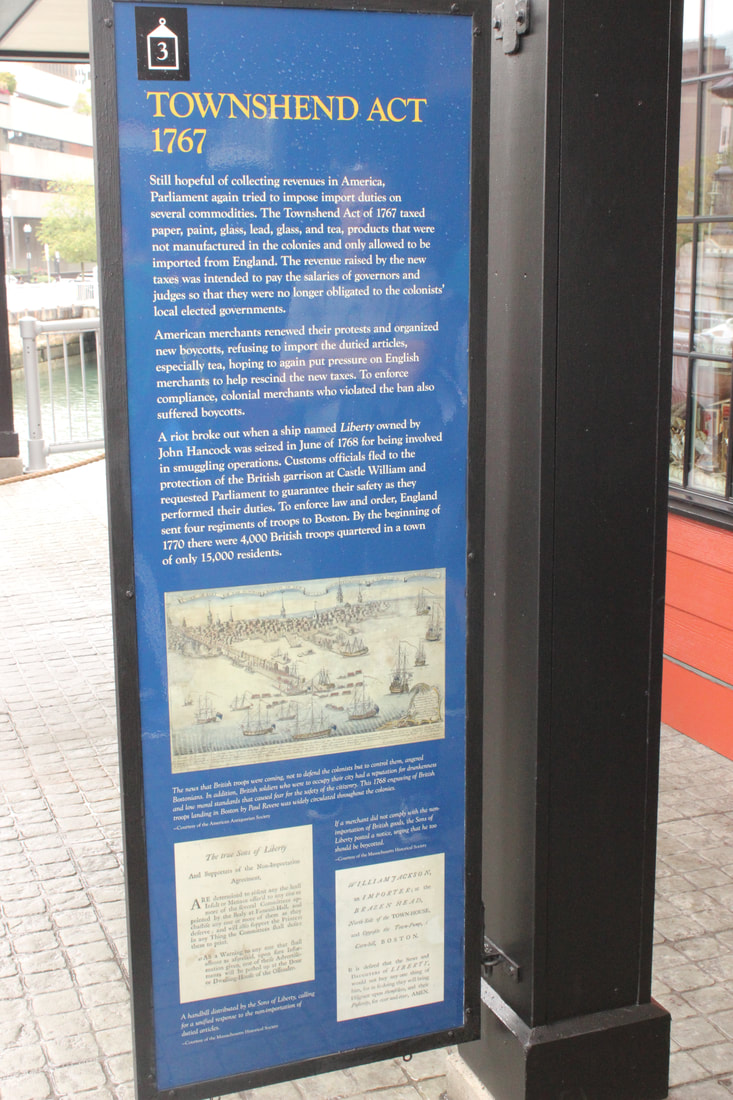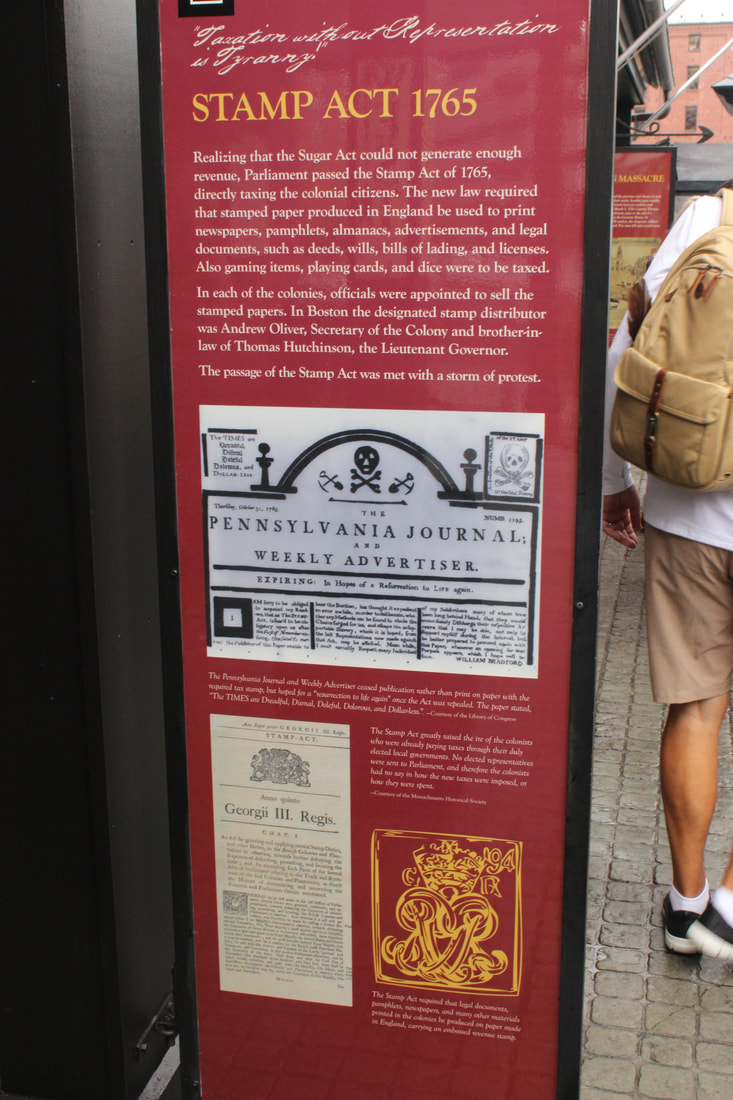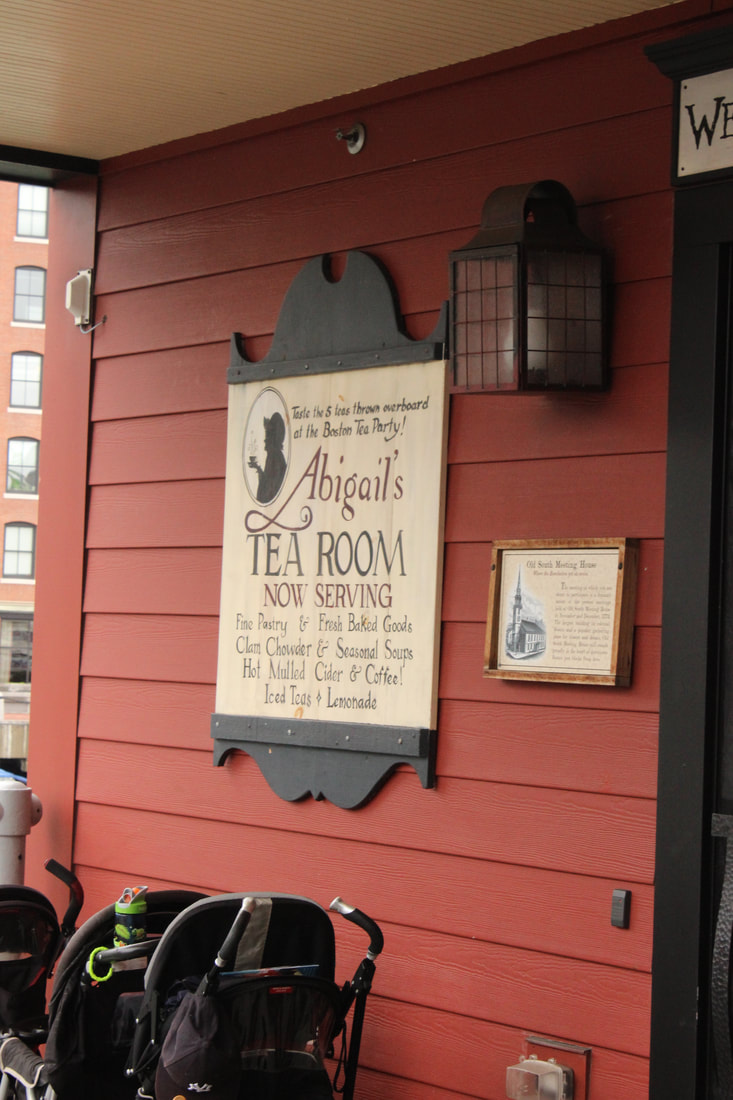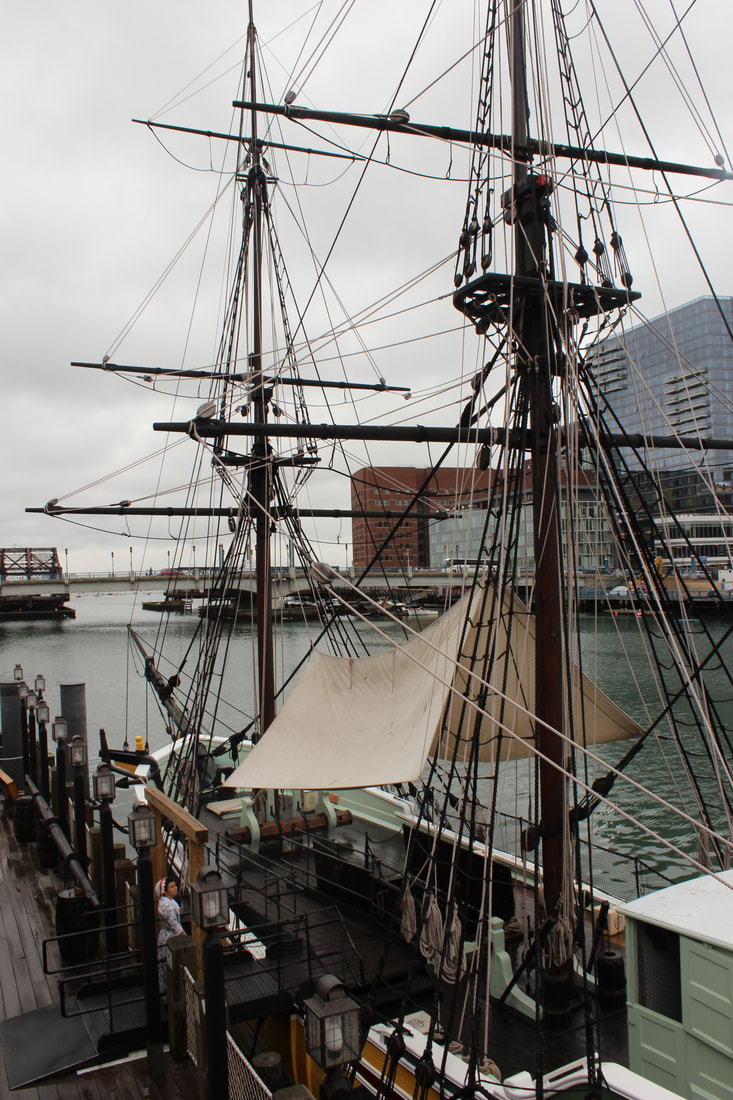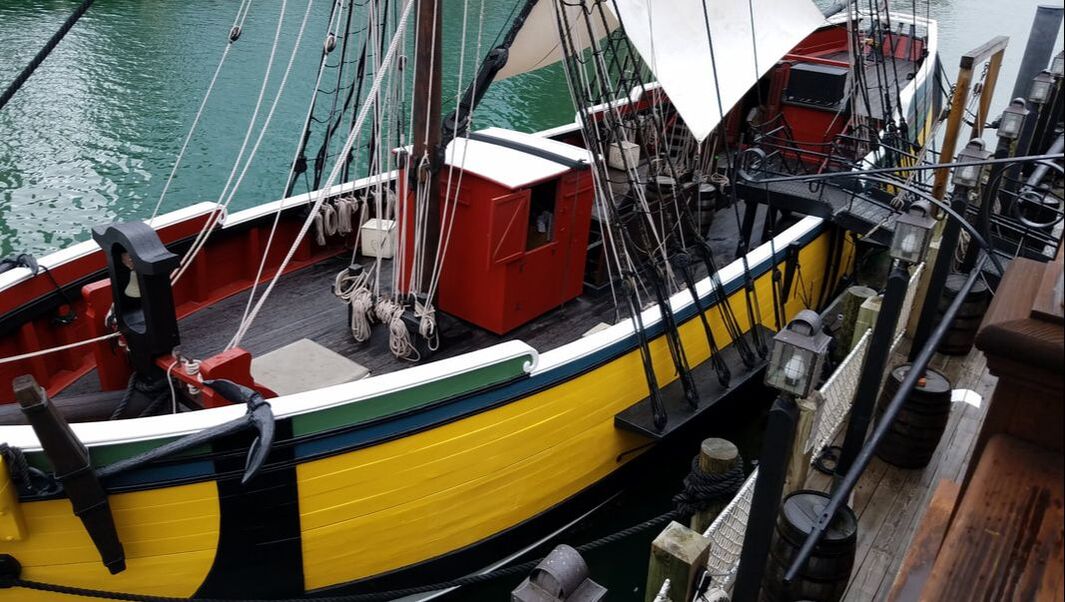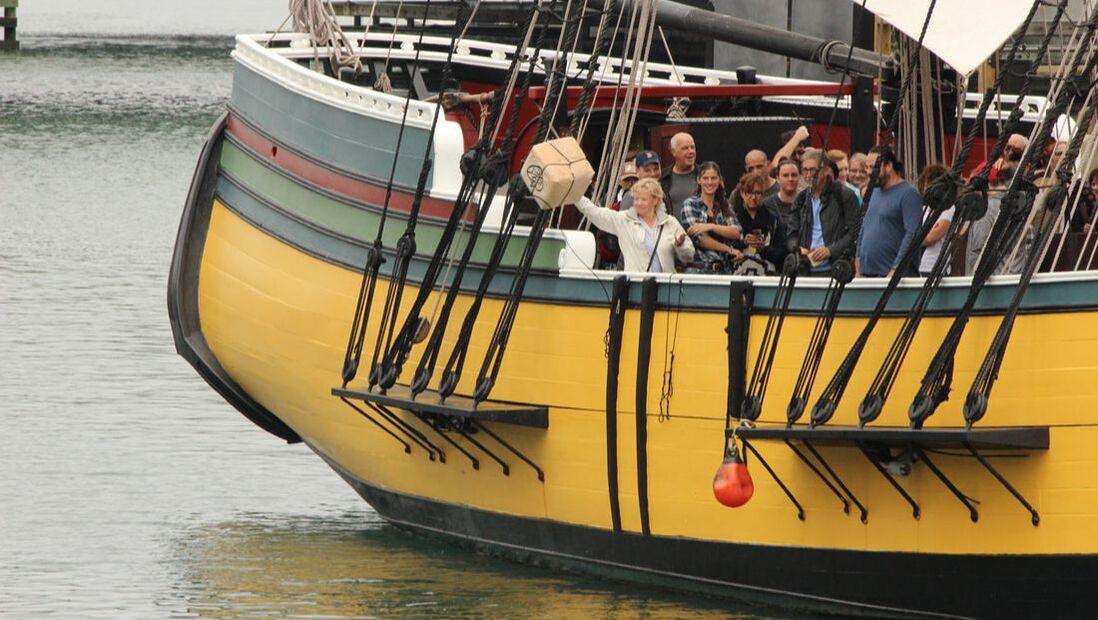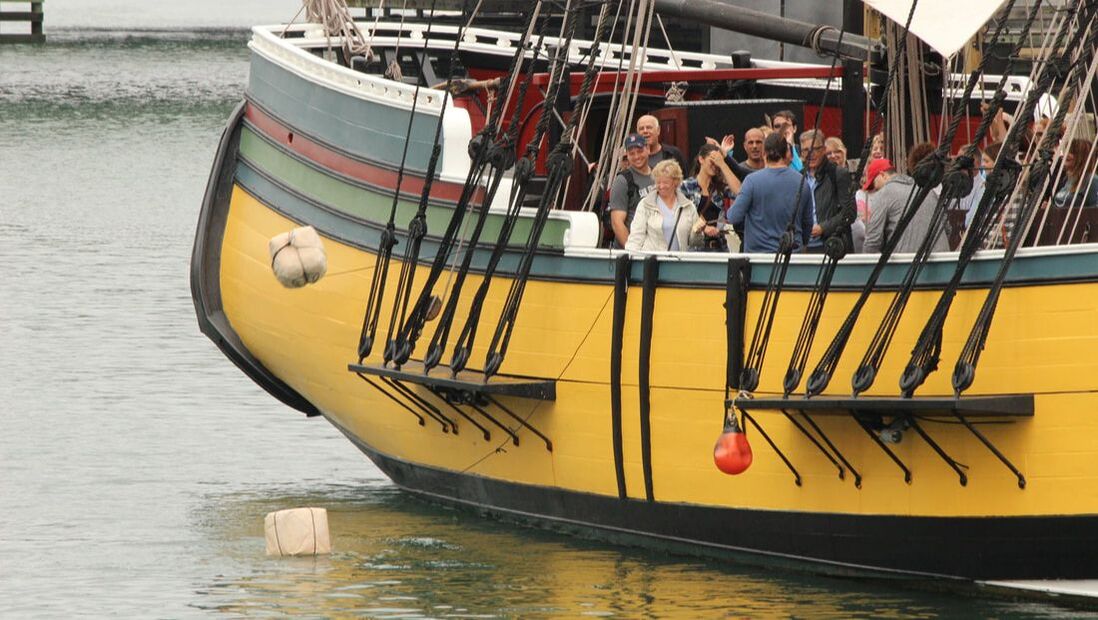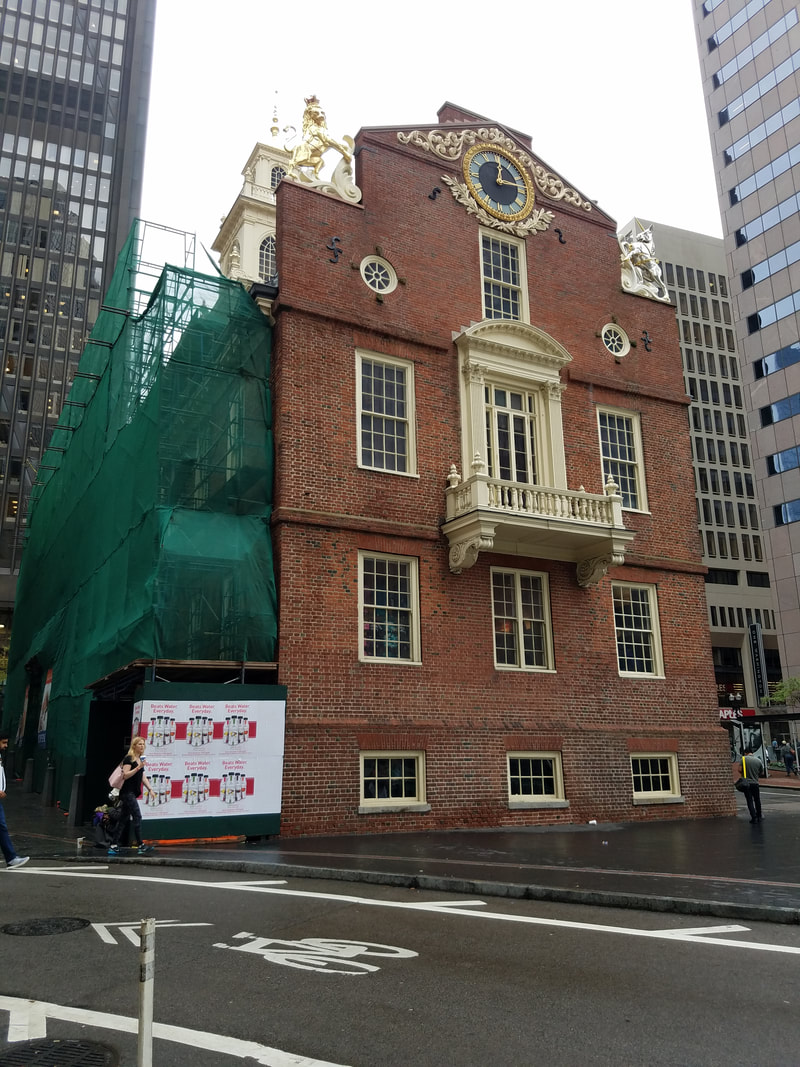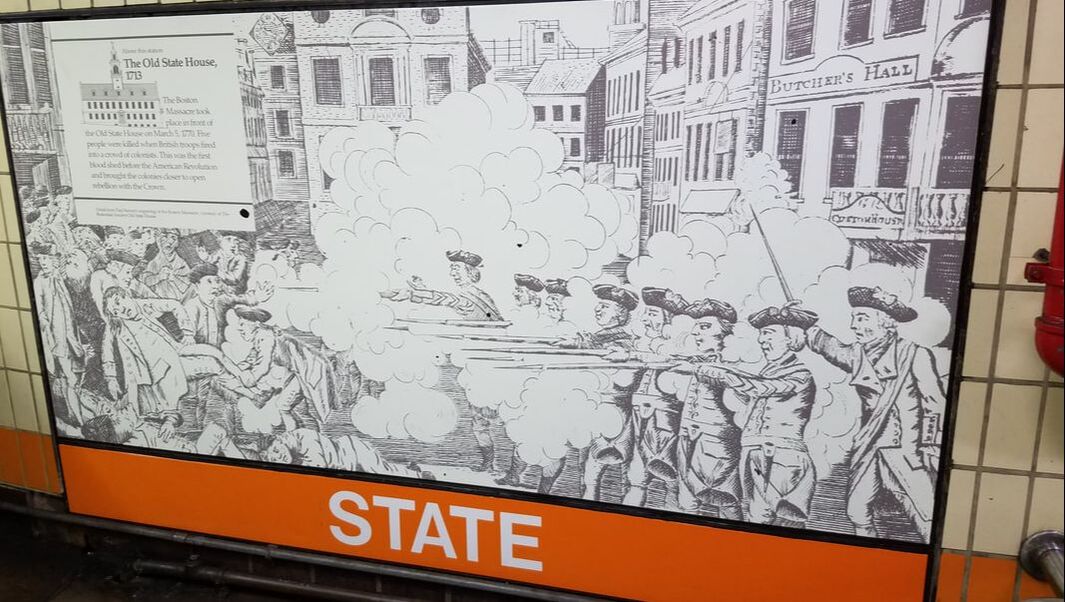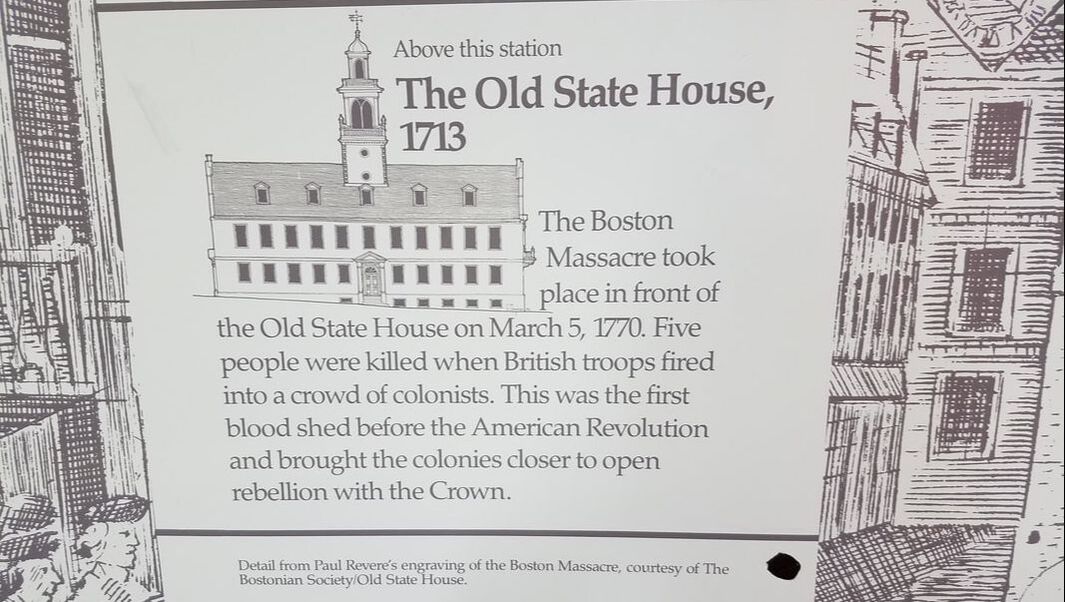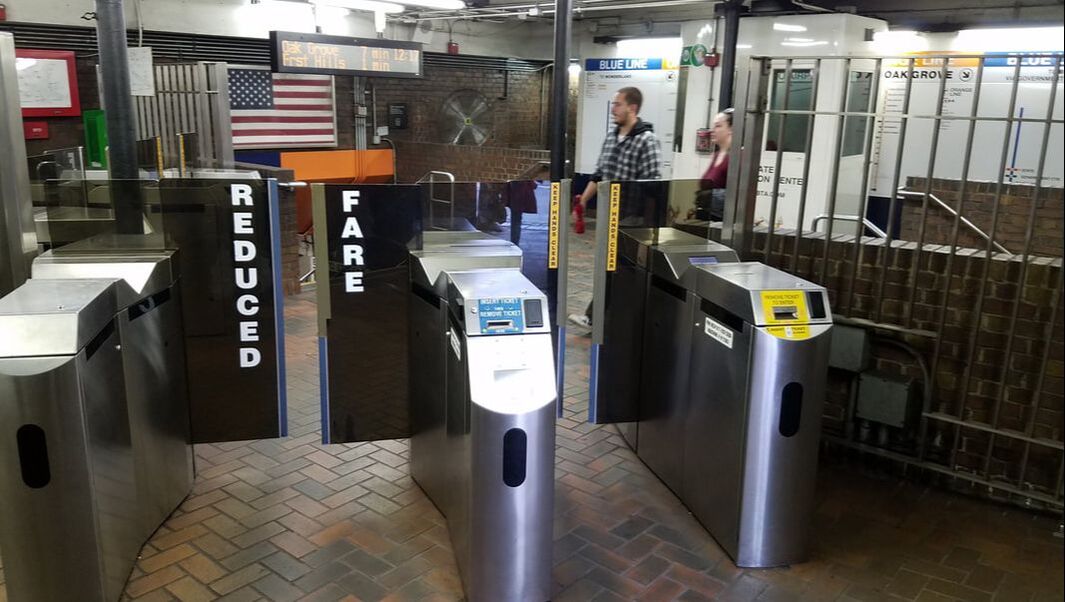|
Having another day before it was time for me to return home, I decided to spend another day in one of the most historic cities in the United States. While I had driven and parked for the first day's stops around town, I decided to simplify things by parking the rental at a garage close to the Airbnb I was staying in for the night, and taking the train into the city, which is probably the best way to explore and avoid several headaches. To start this morning of visiting historic placess, I went into the North End first, seeing a few of the stops on the Freedom Trail which covers many of the city's American Revolution sites, including Copp's Hill Burying Ground a cemetery dating back to the 1600's which the British used as a battery location because of it's strategic position during the Battle of Bunker Hill. Walking through the North End, this area is filled with some of the oldest architecture of Boston, offering an excellent look back in time. Having been to many American cities, this felt unusual since many of them have gone though many changes through the years, and the buildings you find in them tend to be much newer, whether its from urban revitalization in the 60's and 70's, or the more recent gentrification in many cities as people have been moving back into them. Walking through this area is a must during a visit. One of the more fascinating things to see in the North End was the home of Paul Revere. The man who's fame came from his midnight ride in which he warned people about the arrival of British forces during the early part of the revolutionary war. While there were others who were involved in the ride to alert others, it's still neat to see that efforts have been made to preserve his home for visitors to see, even if for nothing more than to give a look back at what life in late-1700's Boston would have been like. After wondering around the North End a while, I hoped back on the subway to head to Boston's Downtown Crossing. What I really enjoyed about this part of Boston is the blending of historic and modern architecture, such as the location of the Old South Meeting House, where the Boston Tea Party was organized. Here you have this former congregational church which shows the city's past, and now it's surrounded by modern skyscrapers that show how the city has grown since its origin over 300 years ago. As one of the more historic buildings in the city, tours of it and the area may be given by those dressed is if they were still living in the time of the revolution. In a return visit, I would love to take one of the tours here to learn more about it. This part of Downtown Crossing also has a memorial to the Irish Potato Famine. While it may not make immediate for a monument to a tragedy that occurred across the ocean, the famine certainly played a huge role in the culture of Boston as many Irish immigrants made their way over to the United States, hoping for a chance to escape the difficulties faced back in their homeland. Today, it certainly seems that Boston has come to greatly embrace the Irish heritage of those who came, from the celebration of St. Patrick's Day to the occasional Irish tributes by the Boston Red Sox baseball team. After seeing the building where the planning of the Boston Tea Party occurred, it seemed fitting to head over to the Boston Tea Party Ship and Museum, which is designated as the official Tea Party site. While I didn't quite have the time to go into the museum or onto the ship, it was neat to see the location, and when on the outside of the museum building you can read about the different acts by the British government against the colonies that would lead to the colonial rebellion. If you take the tour onto the ship, they even let you reenact the tea party by throwing "packages of tea" into the harbor. Add this to the list of attractions I'd like to come back for to learn more in-depth about. As I prepared to head back to the North Side of the city, I came upon one more historic site, which was the location of the Boston Massacre, where British Soldiers fired upon colonial citizens which was one of the biggest factors that lead to the American Revolution. I took particular fascination in seeing this site as it was a topic of discussion in a college course I took called "American Military History Through the 1800's", and one of the longest subjects of the course was the American Revolution. One particular lecture from that class really stuck with me as our professor described a story in which some kids threw a snowball at a British Soldier, and the soldier went along with it returning snowballs with the children. Then others began to become involved, and started throwing snowballs with rocks in them, and as the solider called for back-up, some simply threw rocks without the snow and other things, and eventually things got out of hand an in the midst of the confusion, someone yelled fire, and that was when the soldiers fired upon the people. He ended the story by saying "And this moment would come to be known as the Boston Massacre." Finally seeing the location where this event happened is something that I'll certainly remember from this trip. As I got onto the Subway nearby, there was signage in the station location mentioning that significance of the location. And with that, it was time to hop back on the subway to head back to the North Side, only rather than going to a place for American Revolution history, it was to visit the home of one of the more historic hockey teams of the United States. |
See More of 2017 Northeast Trip
1: Charlestown Navy Yard / 2: Bunker Hill & Cheers / 3: Funworld Game Center & Topsfield Fair / 4: An Evening in Salem / 5: John F. Kennedy Presidential Library / 6: Edaville Family Theme Park / 7: Six Flags New England / 8: Lake Compounce / 9: Finding Coasters on the Islands of Coney & Long / 10: Taking in More Boston History / 11: Bruins Hockey at the TD Garden / 12: The Last of the Northeast Trip |
The content of this website may not be rewritten, republished, or redistributed without prior consent.
To contact, please email [email protected]
To contact, please email [email protected]
